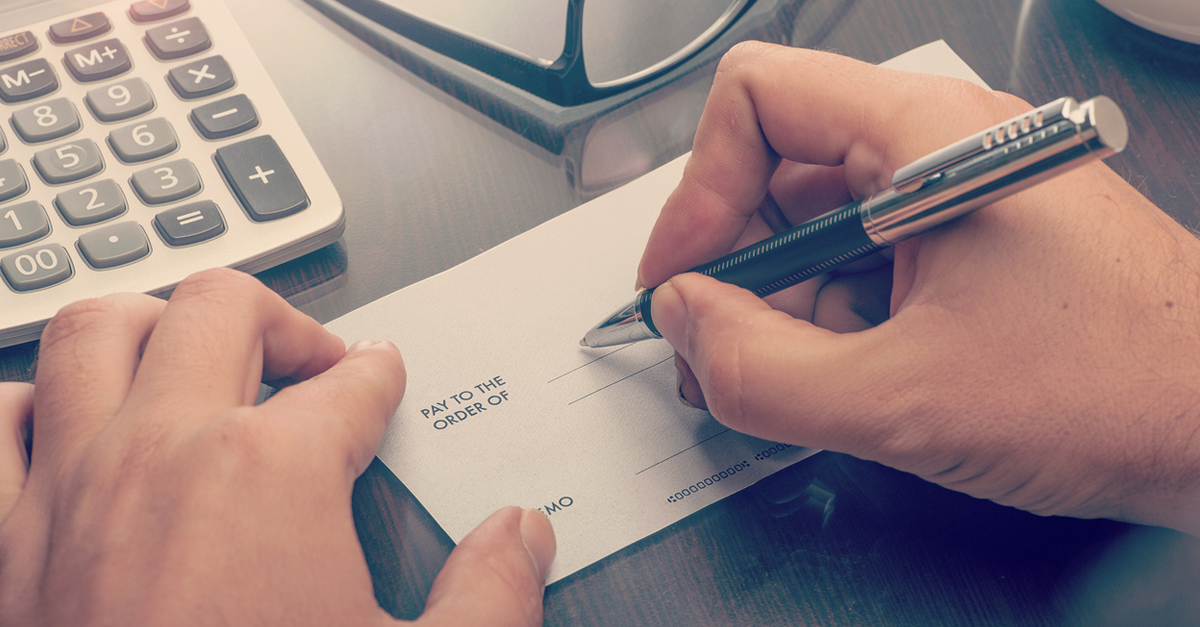
The Canada Revenue Agency has a lot of tools to use to collect unpaid tax debts, and one of the strongest they issue is a Requirement to Pay or RTP notice.
What is a CRA Requirement to Pay
A CRA requirement to pay is a legal notice to a third party who might owe you money now or in the future instructing them to remit monies directly to the CRA. It is issued by the CRA when you have not paid your tax debts and have not made suitable payment arrangements to repay taxes owing. This might include your bank, employer, or a business customer.
Effectively a requirement or notice to pay acts as a CRA garnishment order issued to someone else to redirect monies they owe you to the Canada Revenue Agency instead.
What else you need to know as the taxpayer
- CRA can issue a requirement to pay without a court order.
- RTPs can be issued for any arrears owing to the Canada Revenue Agency, including income tax, HST, unpaid withholding taxes, and CPP or employment insurance overpayments.
- CRA can issue a requirement to pay against wages, business receivables, independent contractor earnings, rental income, RRSP and pension income, and many other types of payments.
- Anyone who receives an RTP is required by law to comply with its directive.
- CRA will send you a copy of the order.
- Your employer does not have to inform you before they begin garnishing your wages.
- Your bank will freeze your bank account immediately upon receipt of an RTP.
What to do if CRA has issued an RTP regarding taxes you owe
If possible, contact the CRA immediately and make payment arrangements to catch up on any tax arrears. If you have not already done so, file your tax return (returns). If CRA is confident you will honour this agreement, they may lift the requirement to pay voluntarily. A tax lawyer may be able to help you negotiate this repayment arrangement and solve any tax dispute in terms of how much is owing.
If you can’t pay back taxes, the only options available to eliminate outstanding tax arrears are to file bankruptcy or make a consumer proposal to your creditors. To do so, you need to contact a Licensed Insolvency Trustee. A tax lawyer or accountant cannot reduce the principal amount of taxes legitimately owing to the CRA.
Bankruptcy can eliminate tax debts and stop a CRA garnishment order or notice to pay.
You can also make a legal proposal to CRA to repay what you can afford through a Licensed Insolvency Trustee.
If you have a tax debt problem, it’s always best to talk with Licensed Insolvency Trustee before the CRA starts any legal collection action. For advice on your options, contact a trustee today to book a free, no-obligation consultation.






